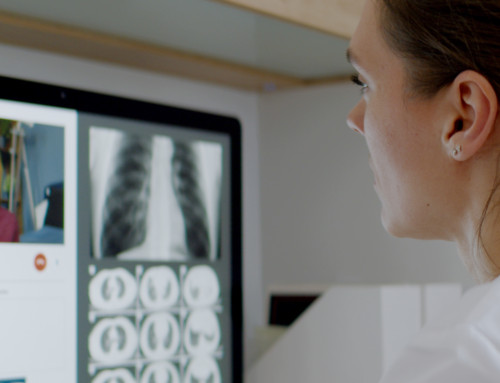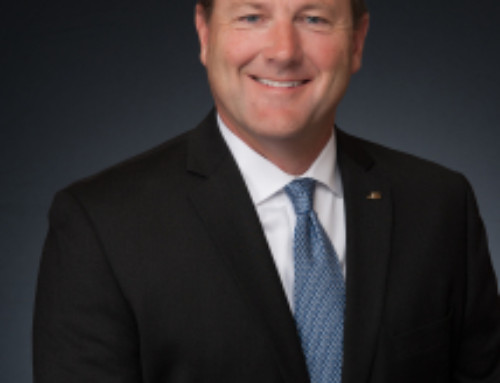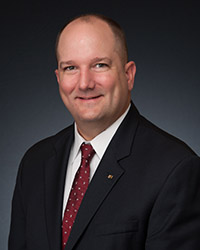
As we prepare for hurricane season to reach full swing yet again, Johns Eastern wanted to commend the hard work and dedication of our Catastrophe team. Without them, we would not be able to offer our support and services to the many families and businesses affected by hurricanes and other ecological disasters. In particular, we want to highlight George Burgee.
In 2016, George Burgee, a long-time adjuster with Johns Eastern, became our new Catastrophe Manager, Quality Assurance Manager, and Executive General Adjuster. His focus with the CAT team has been assisting with the development of new talent through training, as well as creating a framework for the field unit’s Catastrophe Operations.
In order to learn more about him and our CAT program as a whole, we asked George a few questions.
How long have you been with Johns Eastern? To what do you attribute this longevity with one company in this day and age?
I have been with Johns Eastern for 24 years because I enjoy what I do, who I work for, including our clients and senior leadership, and who I work with on a daily basis. Through the years I have grown with the company as the company has grown. In my tenure with Johns Eastern, I have seen many people develop and serve as professionals in the insurance industry. Many individuals may have started their careers as a trainee, however, with the opportunity provided to them by Johns Eastern, these individuals have turned their desire for knowledge into a fulfilling career as an independent insurance adjuster.
What is your claims background?
I am a true multi line adjuster. I have experience handling claims including Property, Casualty, Automobile, and Workers’ Compensation. I have also handled specialty lines claims including Jewelers Block claims for the past 22 years.
I began my career in 1994, as most trainees begin, handling auto and casualty claims, in the Washington DC office. As the property claims volume increased I continued to develop my skills through continuing education opportunities. In 1997, the company moved me to northern Virginia and I was promoted to supervisor in 2001 and to the branch manager of the Washington DC branch in 2003. In 2004, I also began managing the Baltimore office, splitting my time between the two offices. In 2006, the Baltimore and the Washington DC offices were combined into one location, in Columbia, Maryland, where the office remains today. In 2016, a new opportunity was presented as the Quality Assurance Manager/Executive General Adjuster/Catastrophe Manager.
I firmly believe that continuing education is a key to an adjuster’s success in this industry. In addition to attending as many seminars as were available, I also sought to increase my knowledge through the Insurance Institutes of America. I secured my AIC designation in 1997, AIM in 2002, CPCU 2008, ARM 2010, and API in 2013.
How many CATS have you worked?
Here is a list of some of the larger more major events that I have worked throughout my career at Johns Eastern.
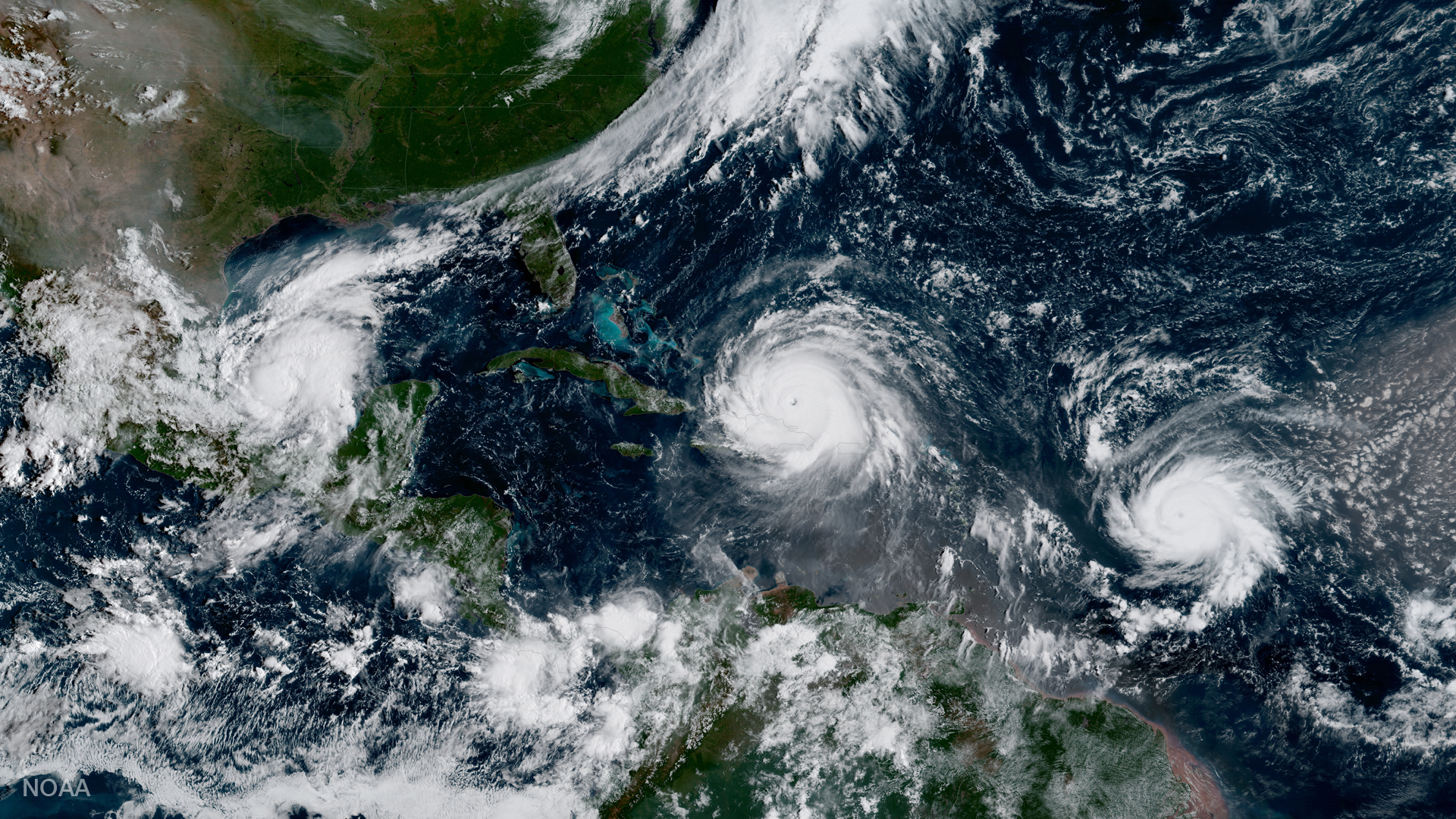
1996 Blizzard-Washington DC-17.1”
1999 Hail Storm –Northern VA
1999 Hurricane Floyd
2001 Hail Storm –Northern VA
2001 Tornado-College Park MD
2002 Tornado-Laplata MD
2003 Blizzard 16.7” of snow
2003 Hurricane Isabel
2010 Snow Storm-Washington DC 17.8”
2011 Mineral VA Earthquake
2011 Hurricane Irene
2012 Derecho
2012 Superstorm Sandy
2014 Polar Vortex
2016 Matthew
2017 Harvey
2017 Irma
What are the most important qualities in CAT adjusters?
The most important skill in claims handling is effective and efficient communication. Especially understanding how to communicate expectations, identify the direct needs of the insured, and to immediately react and establish your action plan. This applies to correspondence with both client and CAT manager alike. Adequate time needs to be dedicated to understanding the loss and its impact on the insured.
For that reason, genuineness and empathy are both incredibly important. Remember that empathy and sympathy are not the same. Understand that the insured may have never had a prior claim and is unfamiliar with the claims process. Use simple terms to explain; avoid adjuster speak and acronyms. Maintain the same standards for every client and do your best to represent your company, client, and industry in a professional manner. In other words, be proud of what you do, how you do it, and who you do it for.
Understanding what we control is essential in recognizing the multiple perspectives in the claims environment. In every situation, there are a multitude of variables out of each party’s control. Establish measures for how to handle those items and who or what is affecting them. Keep in mind that prior to the adjuster receiving the loss, there may be a variety of influencers that have been involved with the insured including fire departments, public adjusters, agents, brokers, property managers, board up companies, mitigation companies, neighbors, clergy, family, doctors, medics, and the Internet.
Each conversation will shape the relationship between the insured and the adjuster. This makes the initial meeting with the adjuster that much more important as it will help reinforce or break the preconceived notions that were set into the insured’s psyche. Remember we are meeting the insured when a traumatic event has happened to them. Transparency helps creates trust and that trust is cultivated and further developed by setting expectations and delivering on those promises.
This concept of control also applies to the limitations of the adjuster. You may be faced with obstacles, curfew, and gas shortages. Be aware of the environment and do not put yourself in danger. You will fall much further behind if you run out of gas doing inspections as compared to waiting until the infrastructure has been rebuilt. Be prepared with all of the equipment and supplies you may need prior to traveling to a CAT area and become familiar with the local laws. Your safety is just as important as getting the job done.
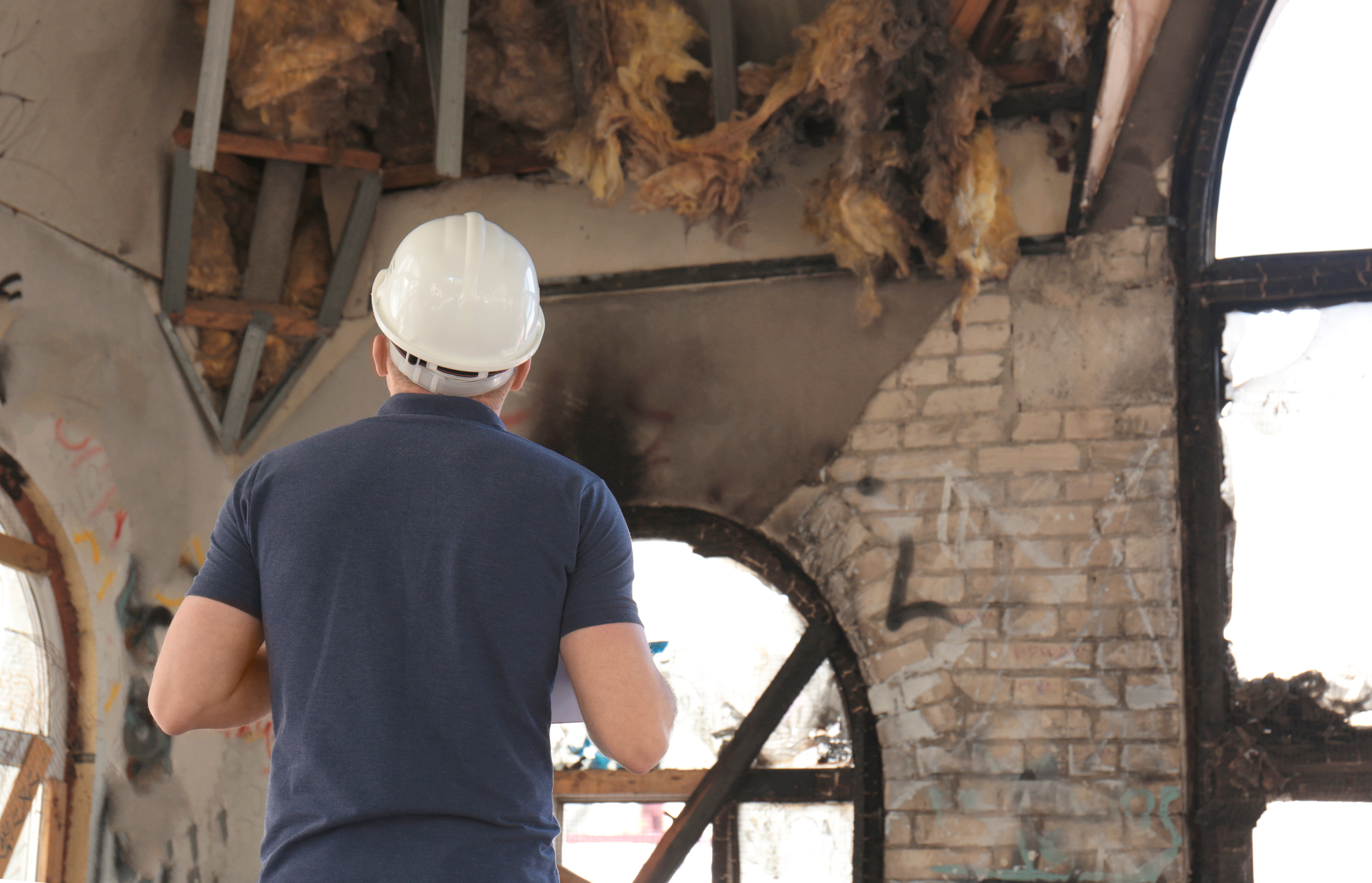
Each claim is unique and should be handled as such. A good adjuster will always look for coverage and a potentially unique approach to create value to the insured and the insurance company.
Punctuality and organization is another important aspect of adjusting. Return phone calls, emails, and report on time when it is within your power to do so. Catastrophe adjusters who take on too much work initially may struggle to accomplish their goal. This in turn can reduce their effectiveness. I always tell my adjusters to write what you see in a day. Meaning if you see five claims you need to write those five claims at night. The biggest issue CAT adjusters face is seeing too many claims without reporting as they soon find they will spend more of their time answering phone calls rather than adjusting claims.
Continue to improve yourself through education and seminars when you can and always strive to be the best at what you do. Your level of commitment will have a profound effect on everyone that you work with and this will reveal itself in the quality of work your team delivers. Help yourself by seeking the experience you need and aligning yourself with those service partners that can provide adequate resources to deliver superior customer service.
And, ultimately, common sense should drive all the decisions you make in handling claims.
What is the relationship you strive for with your CAT team?
Any relationship is based on trust. Trust is directly tied to communication. My goal is to create a level of transparency through which information can freely flow and questions can be quickly addressed and responded to. I believe in providing the CAT team with the tools and training needed for them to be successful in the field. A mutual understanding of our roles in the CAT is essential. A team member that is aware of our role, and committed to providing excellent customer service on multiple facets will be successful.
The success of the team is also dependent on the administrative support staff. At Johns Eastern we have been blessed to have an experienced and professional administrative support staff to provide assistance in the event of a Catastrophe.
The level of teamwork throughout the organization is essential to dealing with the ever changing claims environment. The strength of your team is never demonstrated more than during a CAT. Each team member is valuable and respected.
What is your most memorable CAT and why?
Each CAT lives in my memory in a different manner and for various reasons. It could be that an adjuster did a great job for you, you experienced challenging circumstances, saw strange claims, had difficult access to a loss, or stayed in a strange hotel.
During the course of a CAT you will find yourself listening to the radio between appointments as your drive from claim to claim and hear the same song on the radio over and over again. For me CATs are tied to music, and when I hear a song on the radio to this day it will take me back to some memorable experiences.
One great thing about being an adjuster is that our life experiences shape us into who we are today. One CAT does not stand out above the others as the bottom line is that we are there to serve those in their time of need as they rebuild their property after a storm. It is our role to provide leadership and professionalism throughout the claims process in order to assist the insureds through a challenging time in their life. Believe in what you do because that person you meet at their worst will never forget you and it is up to the adjuster to leave a positive experience with respect to their claims experience.
Johns Eastern’s Catastrophe Services
Johns Eastern developed in Hurricane Alley, so we understand the importance of handling catastrophic losses promptly and reliably. When a major disaster strikes, our catastrophe specialists swiftly respond to the claims so that our clients can return to a normal function as soon as possible. We build and send a team of CAT adjusters dedicated for select clients in any state where the need arises, while also servicing our many clients up the east coast.
Many people only think of hurricanes, when they think of catastrophes in the context of adjusting. However, catastrophes come in the form of many climatological events, including rapid accumulation of rain, massive amounts of snow accumulation, sustained freezing temperatures, now known as a Polar Vortex, Nor’easters, straight lined winds known as a Derechos, tornado activity, and seismic activity. As an organization we seek to provide quality service for all catastrophes for which we handle.
Preparing for Hurricane Season
For more information on how you can be ready this year, take a look at our hurricane preparation blog post: https://www.johnseastern.com/hurricane-preparation/



